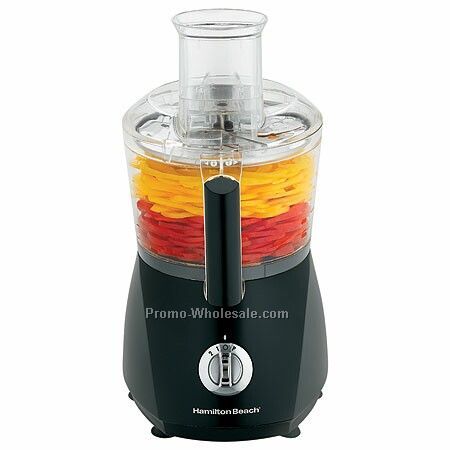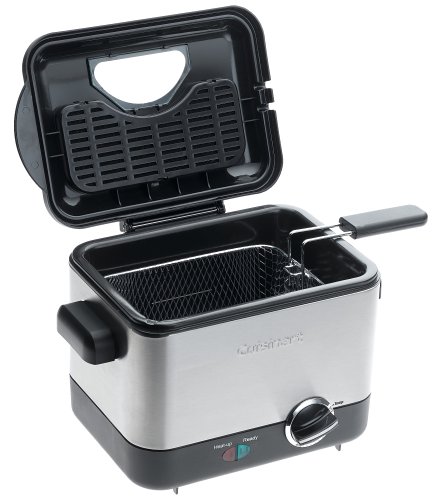This story makes me grind my teeth. The front-page
HuffPo¹ link that led
me to it screamed “Why You Should Never, Ever Put a Lemon Wedge in Your
Water Glass,” implicitly suggesting some truly dire consequences: Has lemon been found to be carcinogenic? Does some chemical in lemon peel combine with water to produce a deadly toxin?

No, of course not: It's germs. "Restaurant patrons should be aware that lemon slices added to beverages may include potentially pathogenic microbes," the story tells us, based on a study that showed swabs from "the rinds and flesh of 76 lemons from 21 restaurants collected during 43 visits" produced "microbial growth" 70 percent of the time.
Oooh, yuck!
Germs! Right? And not just germs, but a dizzying array of microbes and contaminants, some associated with presumptively yucky bodily regions. The article gives us every reason to be frightened and disgusted.
You know what it
doesn't give us? Any reason whatsoever to believe that lemon wedges in the water glass actually make anyone sick. To begin with, the proposed mechanisms of contamination — inadequate washing of the lemons and kitchen workers' hands — are hardly unique to lemons, and could just as easily apply to any food item that passes through the kitchen and is served raw. Why pick on lemons, which "have known antimicrobial properties," as opposed to other produce? Neither the
HuffPo article nor either of the sources it links to suggests even a correlation, much less a causal relationship, between lemon wedges and increased rates of illness.
A much more likely conclusion from the facts presented here is that germs, far from being uniquely harbored by lemons, are found pretty much everywhere, and even "potentially pathogenic" organisms most often do no harm, as even the researcher, Dr. Philip Tierno, seems to admit: "The usual course will probably result in no infection, but there is a
possibility.... You can't live in a bubble. Your
immune system is usually pretty good." Personally, I plan to continue asking for lemon in my drink, and I encourage you to do the same.
Stories like this one aren't designed to answer legitimate questions or solve actual problems; they're designed to disgust you and scare the crap out of you for no better reason than sensationalism. Food safety is serious business, of course, but stories like this that decouple our sense of risk from any realistic evaluation of actual harm contribute to our already skewed and irrational perceptions about what is and is not worth worrying about.
It's because of casual fearmongering like this that so many of us feel like we can't have properly cooked pork or enjoy runny egg yolks or eat raw cookie dough.
Beyond the world of food, it's also why we're more afraid of vaccinations than of the measles, why some folks are terrified of their cellphones, and why we can't have shampoo or shaving lotion in our carry-on bags. It's simply easier, not to mention sexier, to present armwaving stories about scary, scary risks than it is to rationally and realistically link causes to their actual effects.
And
that makes me grind my teeth
——
¹
HuffPo being
HuffPo, I make no warranty as to what link text or headline you'll find when you click through; they seem to change somewhat capriciously
 And then tonight I ate half a grapefruit, looked at the leftover juice in the bowl, and thought (as I have before), "hmm, I should make a cocktail with that." Thus was born the Eastern Half Century, which is a kind of cross between Greta's original and the Eastern cocktail I blogged about earlier, replacing the latter's maple syrup with the former's cardamom:
And then tonight I ate half a grapefruit, looked at the leftover juice in the bowl, and thought (as I have before), "hmm, I should make a cocktail with that." Thus was born the Eastern Half Century, which is a kind of cross between Greta's original and the Eastern cocktail I blogged about earlier, replacing the latter's maple syrup with the former's cardamom:









